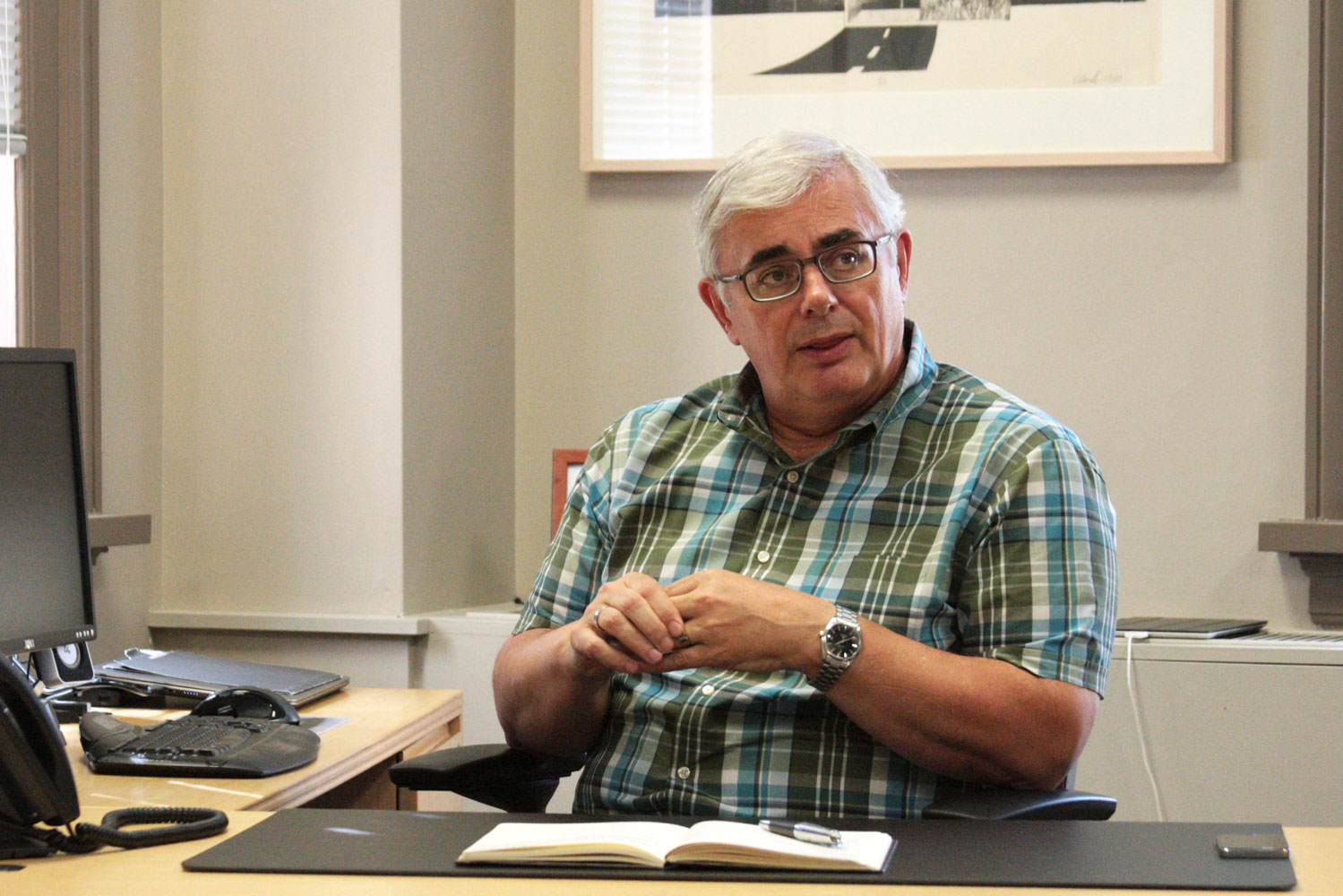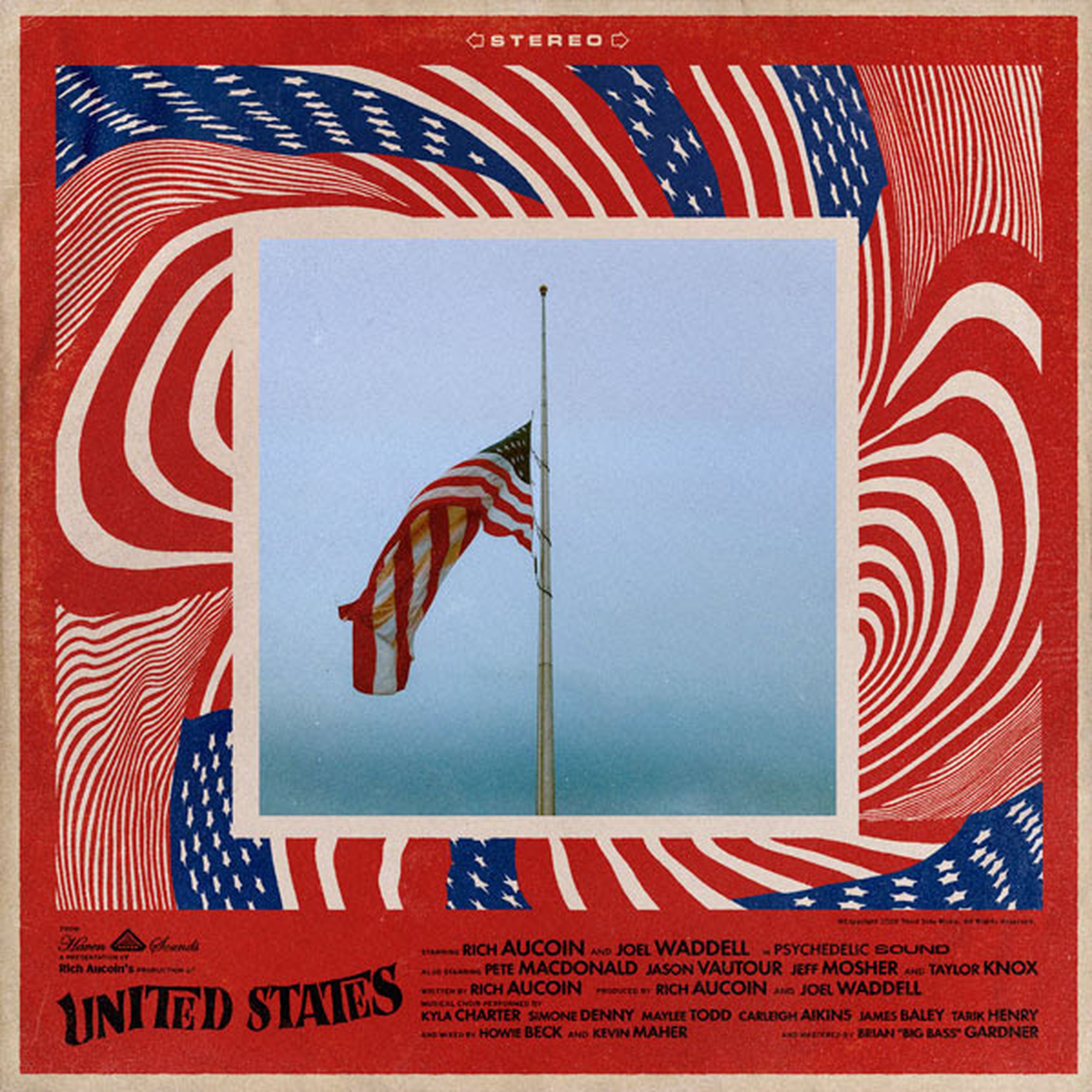“It’s a hip hop world and you are living in it,” writes pop culture critic Dalton Higgins in his newly released book, aptly titled Hip Hop World. The tome is a comprehensive study on how hip hop has globalized, becoming the voice of youth culture around the world. Including a thorough introduction and history lesson on hip hop, this book stands out as a key resource on all things hip hop.
Higgins is a broadcaster, journalist and music programmer based in Toronto. He was recently in Winnipeg, on Oct. 24, to discuss the globalization of hip hop, and illustrated this vividly with a story from his travels to Essen, Germany for a music-related event. While standing at the hotel counter, a young German man noticed Higgins and assumed that since he wears his hair in dreadlocks that he was in some way associated with hip hop and the music event. Unable to speak much English, the boy proceeded to beat box, or make music with his mouth, as a means of communicating with Higgins. Higgins reciprocated this conversation by engaging in this form of “mouth music” — an often overlooked element of hip hop.
The word hip hop is credited to rapper Space Cowboy in the 1970s, and today this term encompasses four separate elements: deejaying (the manipulation of pre-recorded music), breakdancing (dance), rapping/emceeing (vocalizing) and graffiti (visual art). In his book, Higgins calls for a reworked history of hip hop which has minimized the influence of disenfranchised New York youth, and, instead, highlighted Jamaican culture’s influence.
Dalton connects rapping with the Jamaican tradition of “toasting,” a form of talk-singing sometimes with a beat. He argues that the Caribbean region “supplied hip hop with its first rapper, Jamaican-born Coke La Rock, and its three main legendary deejays, from Barbados-born Grandmaster Flash, who invented the “turntablism” concept before it had a name, to Afrika Bambaataa, the ‘godfather of hip hope’ [ . . . ] to hip hop’s founding father, Jamaican-born DJ Kool Herc, the first acknowledged deejay.” Furthermore, Higgins also points out that The Notorious B.I.G., a seminal hip hop artist usually associated with the East Coast, actually “grew up” in Jamaica by spending every summer until he was 16 going “back home” there, where he would hang out with his disc jockey uncle.
But Hip Hop World broadens its cultural gaze even wider, beyond Jamaica, linking the origins of several elements of hip hop to cultural practices from around the world. For example, Higgins highlights how beat-boxing is akin to the throat singing of the Inuit peoples in Canada, like Tanya Tagaq. These cultural links demonstrate why hip hop has become, in Higgins view, “a UN-friendly music with dozens upon dozens of subgenres to accommodate and account for the full range of experiences that make up the human condition — irrespective of one’s race, gender, age or geography.”
Higgins continues his critical examination into the contemporary world of hip hop culture by including fashion, politics, gender issues and race in his book. For example, he interviews the artist, Girl Talk, about sampling music and the legal issues around copyright. He also writes about a disturbing trend in Japan called Ganguro, which literally translates to “Black Face.” In it, young Japanese women tan or paint their skin dark and style their hair in cornrows or tease it, mimicking dread locks, to appear more like their western hip hop music idols.
In a decidedly more optimistic tone, Higgins also discusses the influence of hip hop in terms of break dancing, and its b-boy and b-girl practitioners. For instance, there is a worldwide yearly competition known as “The Battle of the Year,” which began in 1990, but has been won by dance crews from Japan or Korea since 2000. Hip Hop World also discusses turntablism in this context, highlighting artists such as Jewish Canadian A-Trak and Filipino DJ Qbert. Higgins also points out that there is a rich subculture of Aboriginal rap in Canada, often on reservations where the community is disadvantaged and the median age is about 25.
All of these scenarios and case studies make Higgins’ argument about the globalization of hip hop one worth considering. They give weight to his opening statements, in which he discusses a Canadian bi-racial (Jewish/Black) rapper from a wealthy suburb in Toronto. Known as Drake, he was previously a cast member on Degrassi: The Next Generation, until being taken under the wing of Lil Wayne. Far from the roots of hip hop in Jamaica or even New York, Drake is now poised to be a star in the “hip hop world” we now live in.




